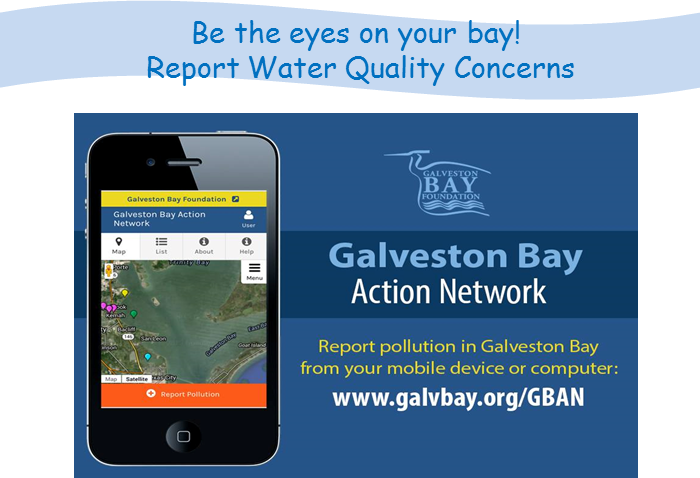In 2012, the first stage of the Highland Bayou project was in the form of a characterization report. The characterization report was necessary to identify the current conditions and trends for water quality in Highland Bayou. The reason a Watershed Protection Plan is needed for Highland Bayou is because all segments of Highland Bayou are listed on the Texas Commission on Environmental Quality’s 303(d) list of impaired waters for elevated levels of bacteria and depressed levels of dissolved oxygen. Historical observations, analyses of trends, and recent sampling confirm this listing and indicate that the coordinated and sustained action from communities and stakeholders will be needed to delist the bayou from the 303(d) list.
The following is a brief summary of the findings in the characterization report for Highland Bayou:
- Nonpoint sources are believed to be the primary source of 303(d) pollutants in the bayou.
- Key factors that contribute to the elevated levels of bacteria: Clayey soil conditions, shallow water tables, a high concentration of aging on-site septic systems (estimated to number into the thousands), and wastewater facilities
- Key Factors that contribute to low dissolved oxygen levels: mix of nonpoint source runoff of nitrogen and phosphorous, slow movement of water through the bayou and the extended heat of Texas’ summers.
As part of the characterization report, the Highland Bayou Team performed research on the following three topics:





